Tawa is made from different materials- the two prominent being cast iron and non-stick. However, which one to choose will depend primarily on your cooking requirements and preference! To help you make a prudent choice, we are highlighting the different aspects of these two popular types of Tawas. Let's look at the differences between cast iron and non-stick Tawas in this article and bring home the cookware that will make our daily cooking easy, breezy and perfect!
- Comparing Cast Iron and Non-Stick Tawa.
- Pros and Cons Cast Iron and Non-Stick Tawa.
- Let us conclude
- Tips to maintain Cast Iron and Non-Stick Tawa
1. Let us compare Cast Iron and Non-Stick Tawa.
Since ancient times, Cast Iron Tawa has been in use. Many of us prefer non-stick Tawa to Cast iron Tawa because of the reduced usage of oil, less sticking of dosa on the pan, and so on. We like to keep up with the current trend. The invention of non-stick cookware took away the need for cast iron Tawa. However, cast iron Tawas are once again becoming popular. Because the usage of non-stick Tawa has increased, a few of us who already have cast iron Tawa on the shelf neglected to use it. It's critical to handle cast iron Tawa with care. You must take care of it and keep it in certain ways for it not to rust. It's possible to remove any rust from it as well. Let us look at the rest of this topic about cast iron Tawa further.
The advantages and disadvantages of using a non-stick Tawa should be considered. There are certain methods for using and caring for a Non-stick Tawa. There are a variety of sizes, colours, and shapes to choose from. Non-stick Tawa are designed to keep food from sticking to Tawa, as the name implies. Non-stick Tawa should be used for low-temperature cooking. When utilised properly, these Tawa can last a long time. When you exceed a specific temperature, these Tawa's can be damaged.
This is where it gets complicated. When we try to compare Cast Iron Tawa vs Non-Stick Tawa, each serves a distinct purpose. Cast Iron Tawas behave like a non-stick when properly seasoned. Many of us are unfamiliar with the process of seasoning a Tawa. Seasoning a cast iron Tawa is not difficult, and there are several techniques. Meanwhile, if the Non-stick Tawa's covering scrapes off or combines with your meal, you're not handling it correctly. Let us look at each type of Tawa in further depth below.
2. Pros and Cons Cast Iron and Non-Stick Tawa
|
The Cast-iron Tawa is made from molten iron. Since ancient times, the absolutely non-toxic Tawas have been used. When compared to non-stick Tawas, cast iron Tawas are heavier, however, if properly seasoned they will replicate the same non-stick-like property. The heat retention and the ability to reach extremely high temperatures make cast iron Tawas unique. The Tawa adds a distinctive flavour to the dosa, and while they're substantial, they're simple to break. So, handle with care since these are hefty.
|
Pros
|
Cons
|
|
|
Non-Stick or PTFE is used in all non-stick Tawas. Is PTFE a hazardous material? These days, this is a frequently asked question. PTFE is considered safe, but it may get damaged when exposed to temperatures greater than 250°C which means peeling off or flaking of the coating, and the coating has a potential to get mixed with food. This is a major concern about a non-stick cookware, however, non-stick coatings are inert in nature; they do not get dissolved or absorb anything under a regular kitchen environment. Still, we suggest discarding the scratched or damaged pan. Non-stick When compared to a cast iron Tawa, the non-stick Tawa has a smoother surface. Proper maintenance may extend the life of this non-stick Tawa.
|
Pros
|
Cons
|
Let us conclude
Finally, it doesn't matter what type of Tawa you have; you must know how to use and care for it. If your iron Tawa has rust on it, don't toss it out. There are several techniques for rust removal, so the Tawa may be used again. If you invest in a new non-stick Tawa, be sure to use and maintain it properly. As a result, your Tawa may last a long time. When you have both the Tawas, you may utilise them interchangeably depending on what you're cooking.
Tips to maintain Cast Iron and Non-Stick Tawa
- When it comes to Cat Iron Tawa, you should always go for the heavier models. New ones are more difficult to maintain, but they improve with time.
- Season the cast-iron Tawa with onion and oil to avoid dosa sticking.
- Do not use cold water to wash the hot cast iron Tawa. To clean it, use warm water instead. Also, dry it off after washing. It prevents the Tawa from rusting by keeping it wet.
- For washing Non-stick Tawa, avoid using a harsh steel scrubber, instead use a soft sponge.
- Using a metal spatula on a non-stick Tawa may damage the coating. The usage of a metal spoon can destroy the Tawa's finish.
- Do not leave non-stick Tawa in high temperatures. For cooking at a temperature greater than 250°C, use a cast iron skillet. This will allow you to keep both of your Tawas intact.
Explore our pre-seasoned cast iron Tawas and 100% safe non-stick Tawas here!

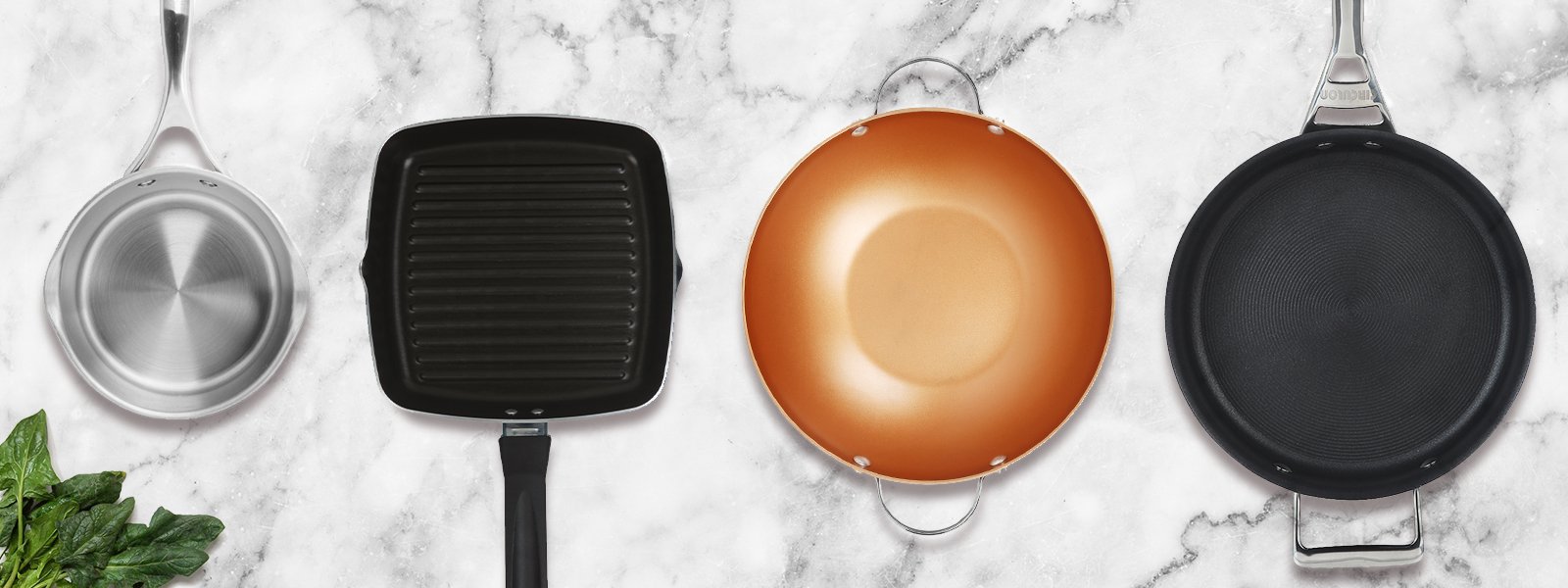
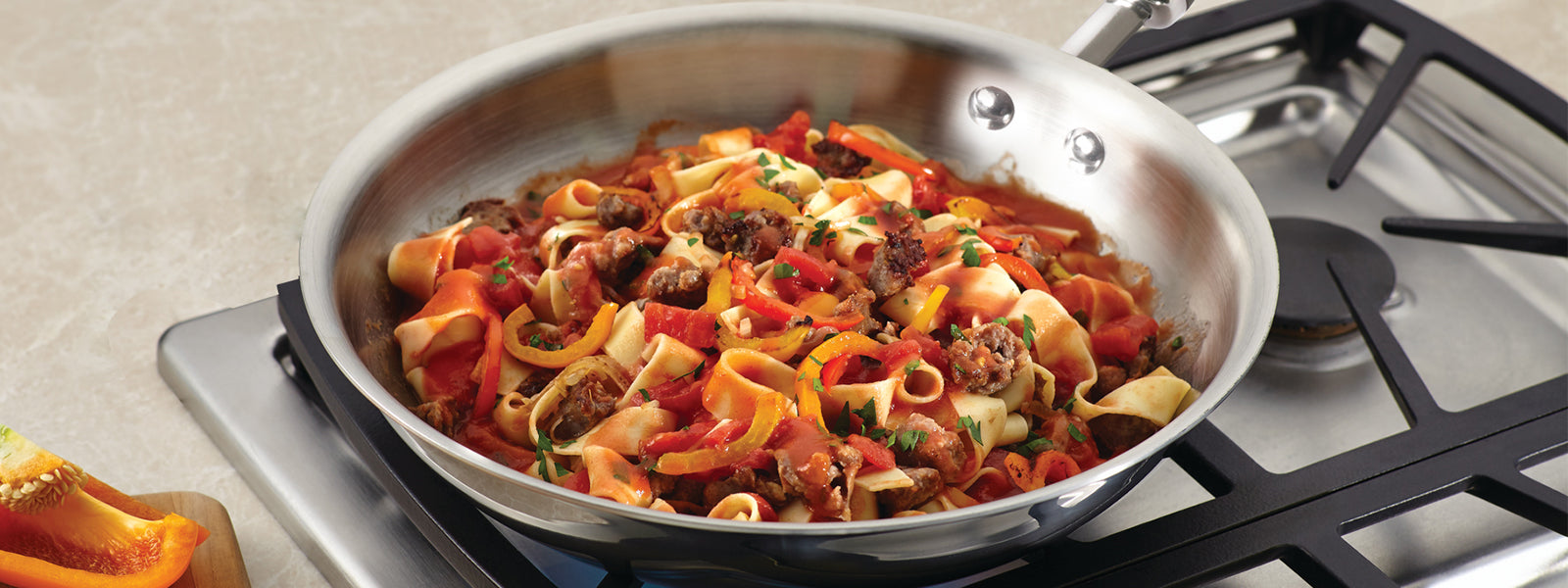
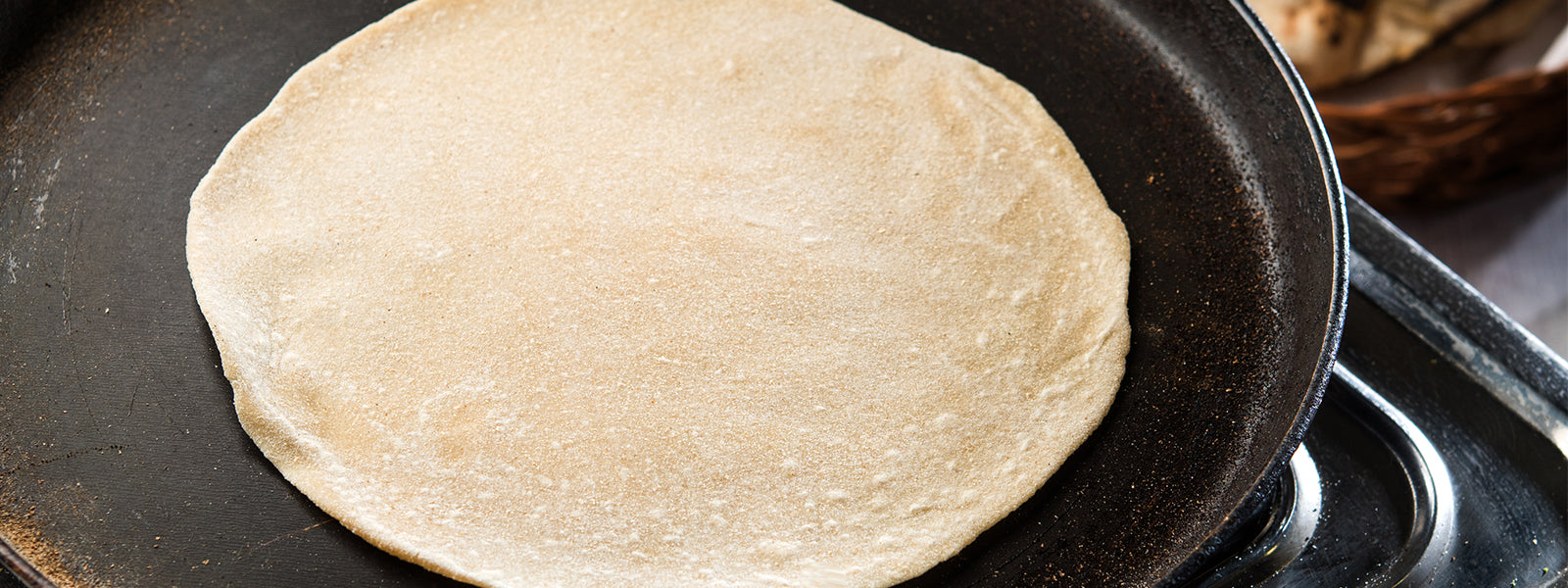
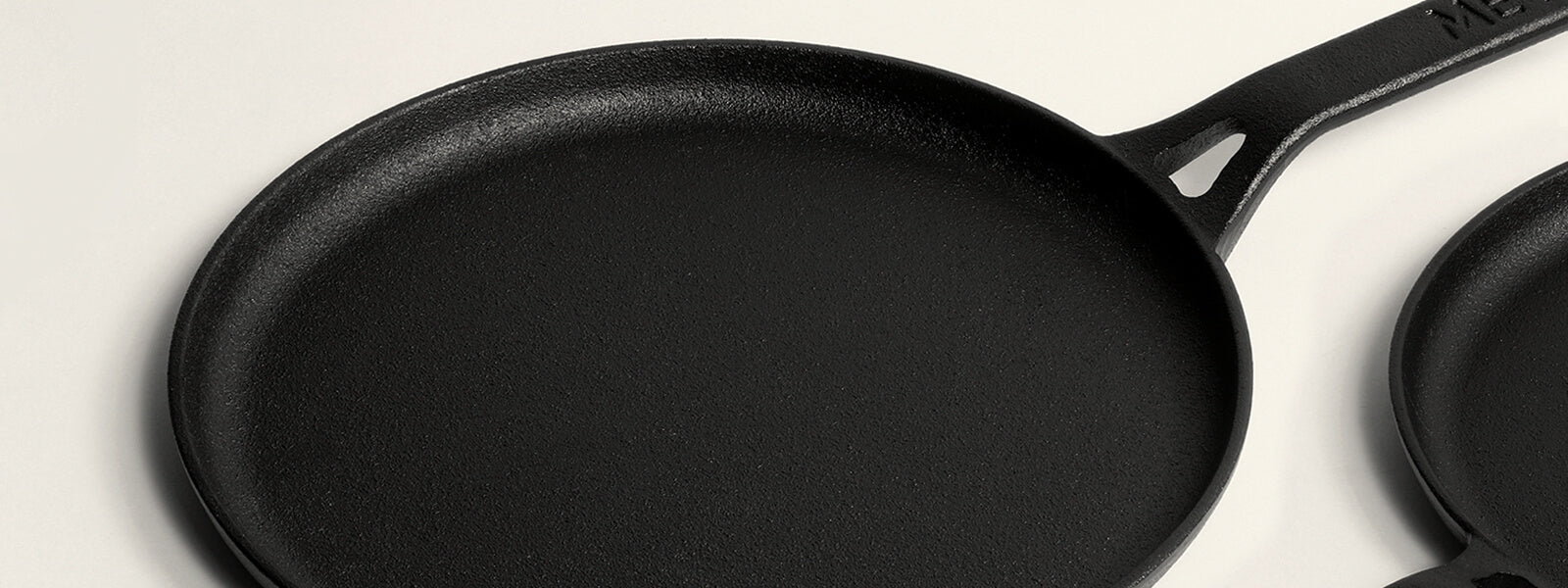
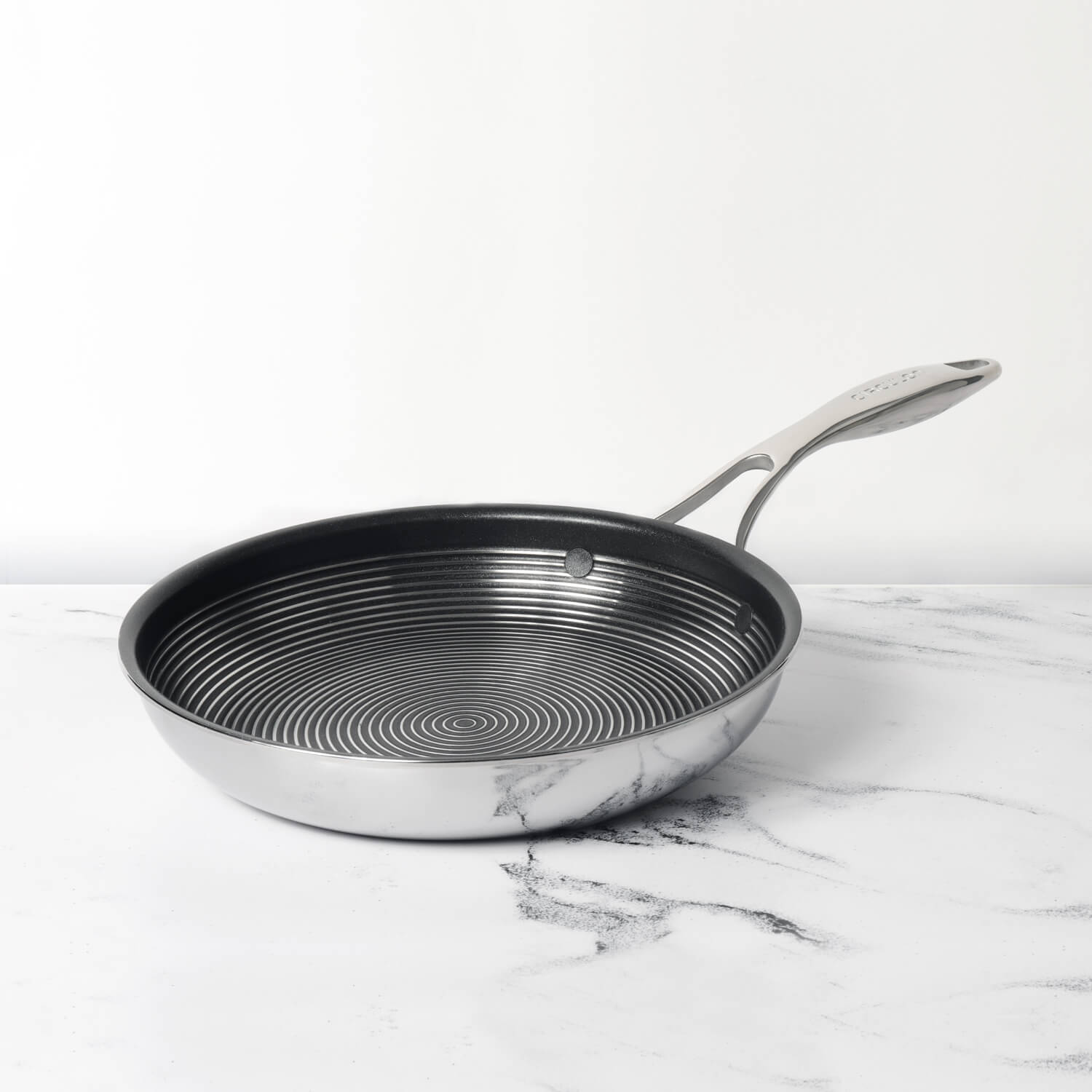
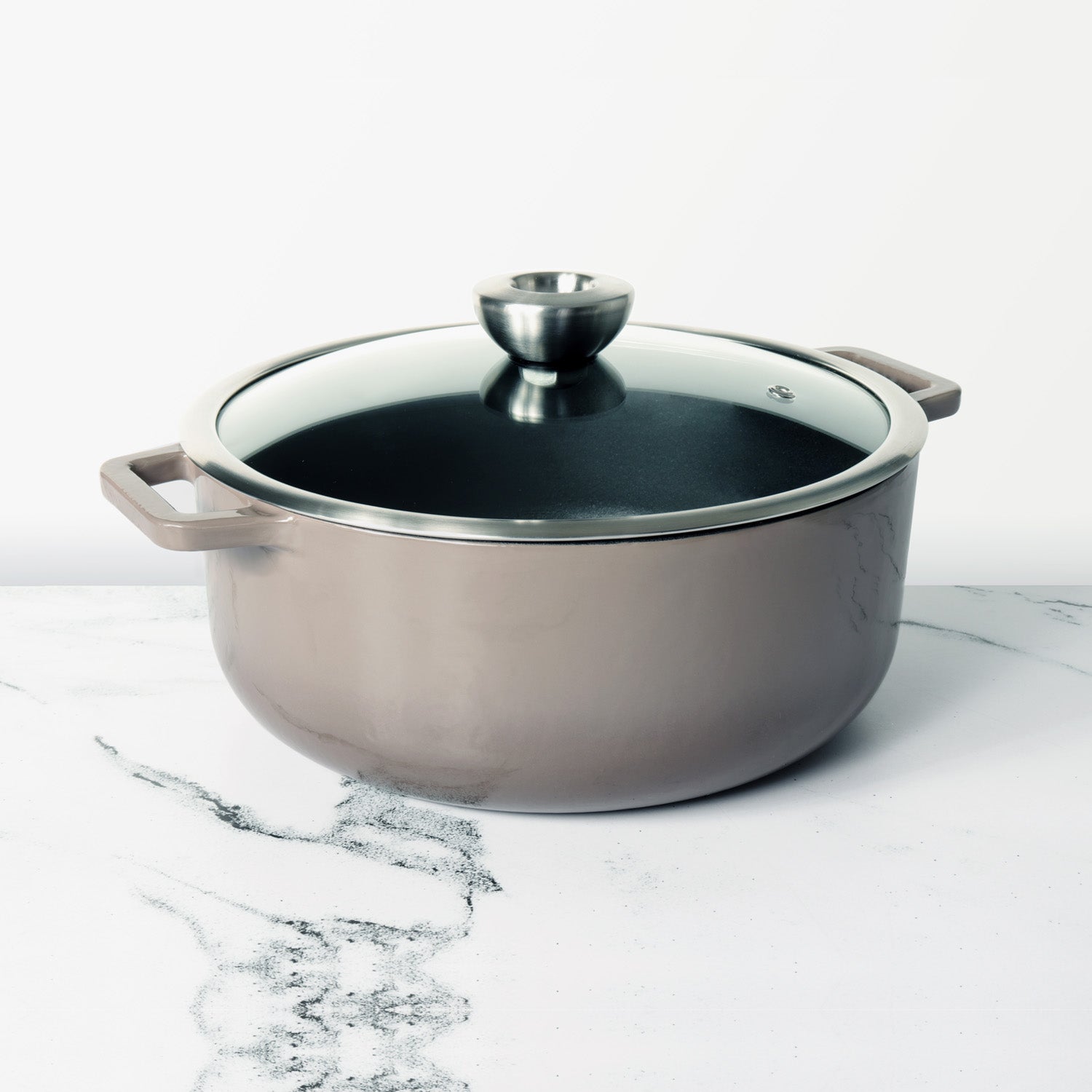




Leave a comment